- myFICO® Forums
- FICO Scoring and Other Credit Topics
- Understanding FICO® Scoring
- Re: Experian credit usage help
- Subscribe to RSS Feed
- Mark Topic as New
- Mark Topic as Read
- Float this Topic for Current User
- Bookmark
- Subscribe
- Mute
- Printer Friendly Page
Experian credit usage help
Is your credit card giving you the perks you want?
Browse credit cards from a variety of issuers to see if there's a better card for you.
- Mark as New
- Bookmark
- Subscribe
- Mute
- Subscribe to RSS Feed
- Permalink
- Report Inappropriate Content
Experian credit usage help
I have tried multiple ways of getting to this number but it still makes no sense. Can someone explain how this is calculated?

- Mark as New
- Bookmark
- Subscribe
- Mute
- Subscribe to RSS Feed
- Permalink
- Report Inappropriate Content
Re: Experian credit usage help
@Anonymous wrote:I have tried multiple ways of getting to this number but it still makes no sense. Can someone explain how this is calculated?
Explained by Experian-"Credit usage is calculated by taking your total revolving balances (not including Mortgage or Home Equity Loans) and dividing by your total credit limits. For example, $500 balance across a $1000 total credit limit on all revolving credit card would equal 50% credit usage."
It's based on your reported balances, which are in most cases the statement balances.

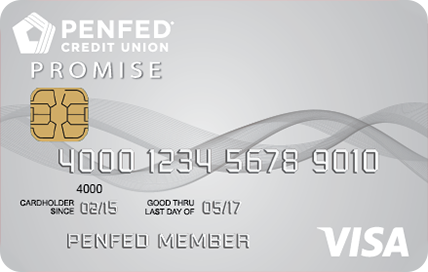

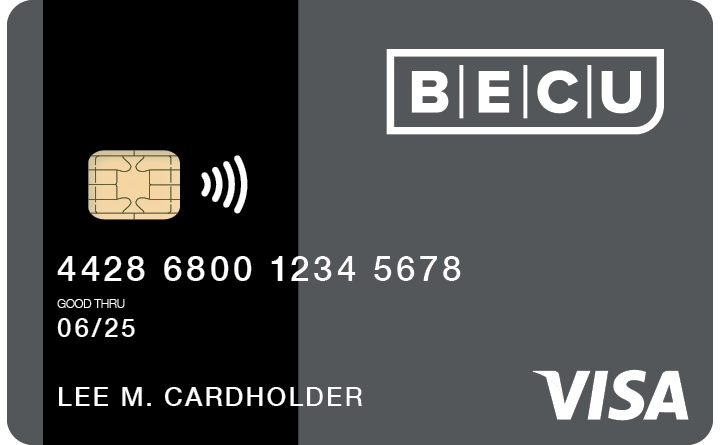
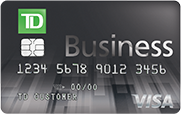






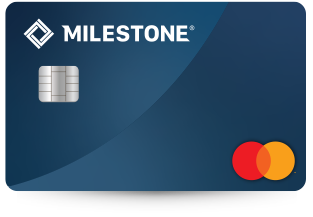
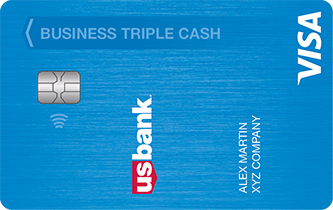

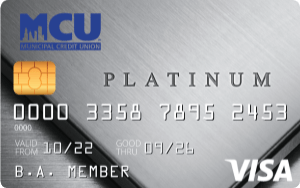
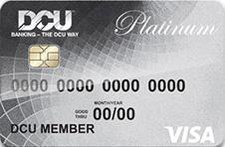

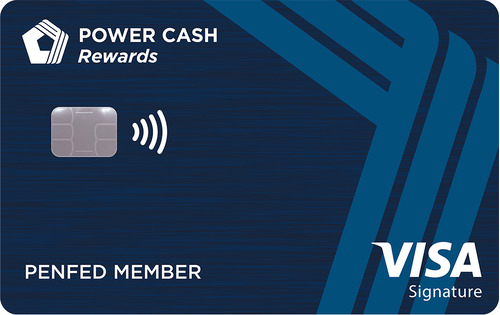


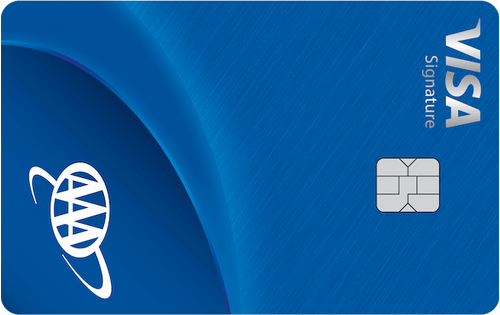

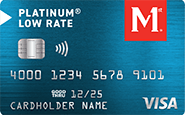



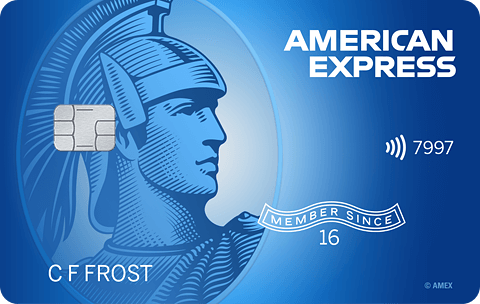
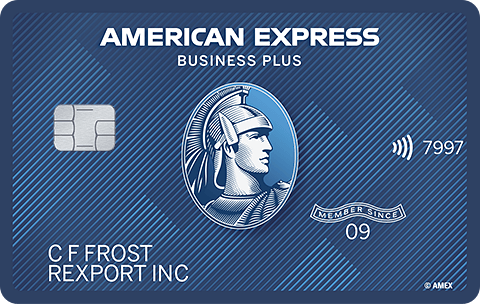



Total revolving limits 569520 (505320 reporting) FICO 8: EQ 699 TU 696 EX 673
- Mark as New
- Bookmark
- Subscribe
- Mute
- Subscribe to RSS Feed
- Permalink
- Report Inappropriate Content
Re: Experian credit usage help
There are 3 credit cards, 2 open and 1 closed. Out of the open ones 1 is reporting a $0 balance and the other one $20. The closed one has a $600 balance. So that makes it $620 out of a total of $5100, which should be ~12%, not 36%, as Experian has it listed...
- Mark as New
- Bookmark
- Subscribe
- Mute
- Subscribe to RSS Feed
- Permalink
- Report Inappropriate Content
Re: Experian credit usage help
All closed accounts are considered by FICO to have a credit limit of $0. Thus your closed account adds $0 toward your total credit limit, from the perspective of the algorithm that generates your FICO score.
Furthermore, when a person's balance on a card is greater than his credit limit, FICO classifies that as > 100% individual utilization (each card's util considered by itself). Since individual util is also a scoring factor, the fact that you have a card at > 100% is hurting your score a lot.
Finally, the 30% number quoted by Experian is wrong. You actually begin taking a penalty once your total utilization exceeds 8.99%. The penalty increases again when your total U exceeds 28.99%.
Your score will be increased a lot by paying all closed cards to $0, and then after that, paying all open cards to zero except one, with the remaining card reporting a small positive balance.
- Mark as New
- Bookmark
- Subscribe
- Mute
- Subscribe to RSS Feed
- Permalink
- Report Inappropriate Content
Re: Experian credit usage help
The $5100 total limit excludes closed cards... On the closed card Experian reports a $1400 limit and a 43% UT.
- Mark as New
- Bookmark
- Subscribe
- Mute
- Subscribe to RSS Feed
- Permalink
- Report Inappropriate Content
Re: Experian credit usage help
We can't comment meaningfully because we don't have a list of all your revolving accounts, their balances, and their credit limits. If you do that here, we can perhaps help you better. You can give them like this:
Card 1. Balance = ____ Credit Limit = ____
Card 2. Balance = ____ Credit Limit = ____
Card 3. Balance = ____ Credit Limit = ____
etc.
If a card is closed (but has a balance) indicate that. Also indicate if a card is a charge card (rather than a credit card) or an AU card or an LOC.
You should not list closed accounts with zero balances.
- Mark as New
- Bookmark
- Subscribe
- Mute
- Subscribe to RSS Feed
- Permalink
- Report Inappropriate Content
Re: Experian credit usage help
To pull back a bit, there's a more general issue going on here. That is that you have some kind of credit monitoring system (CMS) through Experian. A CMS provides you with a front-end "summary" page for your report, often tells you your utilization and even gives advice about what you need to do. Examples of a CMS are the one you are using, but so is Credit Check Total, myFICO Ultimate, Credit Karma, Discover Scorecard, etc.
Whatever the front-end page for the CMS tells you has no bearing necessarily on what the FICO algorithm is doing on the back end.
That's true even if the CMS is from one of the three credit bureaus.
Thus (unfortunately) you need to take whatever the CMS summary page says with a ton of salt. Better is to describe your accounts and situation here (as you are doing) and then we can tell you what is hurting you and what you need to do.
- Mark as New
- Bookmark
- Subscribe
- Mute
- Subscribe to RSS Feed
- Permalink
- Report Inappropriate Content
Re: Experian credit usage help
@Anonymous wrote:We can't comment meaningfully because we don't have a list of all your revolving accounts, their balances, and their credit limits. If you do that here, we can perhaps help you better. You can give them like this:
Card 1. Balance = ____ Credit Limit = ____
Card 2. Balance = ____ Credit Limit = ____
Card 3. Balance = ____ Credit Limit = ____
etc.
If a card is closed (but has a balance) indicate that. Also indicate if a card is a charge card (rather than a credit card) or an AU card or an LOC.
You should not list closed accounts with zero balances.
It's my DH's report that I'm referencing, from his Experian CreditWorks account:
Card 1 $20/$300
Card 2(AU) $0/$4800
Card 3(Closed) $600/$1400
I had suspected their front page stats might not be relevant but it still bothers me from just the bad math perspective. Don't tell me that I'm using 36% of my credit with $620 out of $5100! ![]()
I'd also told him to pay his open accounts to zero, seeing how they count his closed card balance and he lost 15 points last month because of it(me)... ![]() Should've MFed more, I know... So they pick and choose what/how they consider about closed accounts... I cannot wait to pay off that card, I already have plans for us to celebrate afterwards!
Should've MFed more, I know... So they pick and choose what/how they consider about closed accounts... I cannot wait to pay off that card, I already have plans for us to celebrate afterwards!
- Mark as New
- Bookmark
- Subscribe
- Mute
- Subscribe to RSS Feed
- Permalink
- Report Inappropriate Content
Re: Experian credit usage help
@Anonymous wrote:
@Anonymous wrote:We can't comment meaningfully because we don't have a list of all your revolving accounts, their balances, and their credit limits. If you do that here, we can perhaps help you better. You can give them like this:
Card 1. Balance = ____ Credit Limit = ____
Card 2. Balance = ____ Credit Limit = ____
Card 3. Balance = ____ Credit Limit = ____
etc.
If a card is closed (but has a balance) indicate that. Also indicate if a card is a charge card (rather than a credit card) or an AU card or an LOC.
You should not list closed accounts with zero balances.
It's my DH's report that I'm referencing, from his Experian CreditWorks account:
Card 1 $20/$300
Card 2(AU) $0/$4800
Card 3(Closed) $600/$1400
I had suspected their front page stats might not be relevant but it still bothers me from just the bad math perspective. Don't tell me that I'm using 36% of my credit with $620 out of $5100!
I'd also told him to pay his open accounts to zero, seeing how they count his closed card balance and he lost 15 points last month because of it(me)...
Should've MFed more, I know... So they pick and choose what/how they consider about closed accounts... I cannot wait to pay off that card, I already have plans for us to celebrate afterwards!
They are not counting the AU as your responsibilty, so $620/$1700 =36%
- Mark as New
- Bookmark
- Subscribe
- Mute
- Subscribe to RSS Feed
- Permalink
- Report Inappropriate Content
Re: Experian credit usage help
^ Correct. AU cards often do not count toward aggregate CL nor do the balances count toward total balance. This, of course, depends on what 3rd party is presenting the summary data.
Some presentation summaries include AU cards and some ignore AU cards. Same is true for charge cards - some summaries may include balance and use high balance as part of an aggregate CL calculation while others ignore charge cards. Some summaries (as in the above) include CL on closed cards with a balance in aggregate CL and some might not.
Fico 8: .......EQ 850 TU 850 EX 850
Fico 4 .....:. EQ 809 TU 823 EX 830 EX Fico 98: 842
Fico 8 BC:. EQ 892 TU 900 EX 900
Fico 8 AU:. EQ 887 TU 897 EX 899
Fico 4 BC:. EQ 826 TU 858, EX Fico 98 BC: 870
Fico 4 AU:. EQ 831 TU 872, EX Fico 98 AU: 861
VS 3.0:...... EQ 835 TU 835 EX 835
CBIS: ........EQ LN Auto 940 EQ LN Home 870 TU Auto 902 TU Home 950